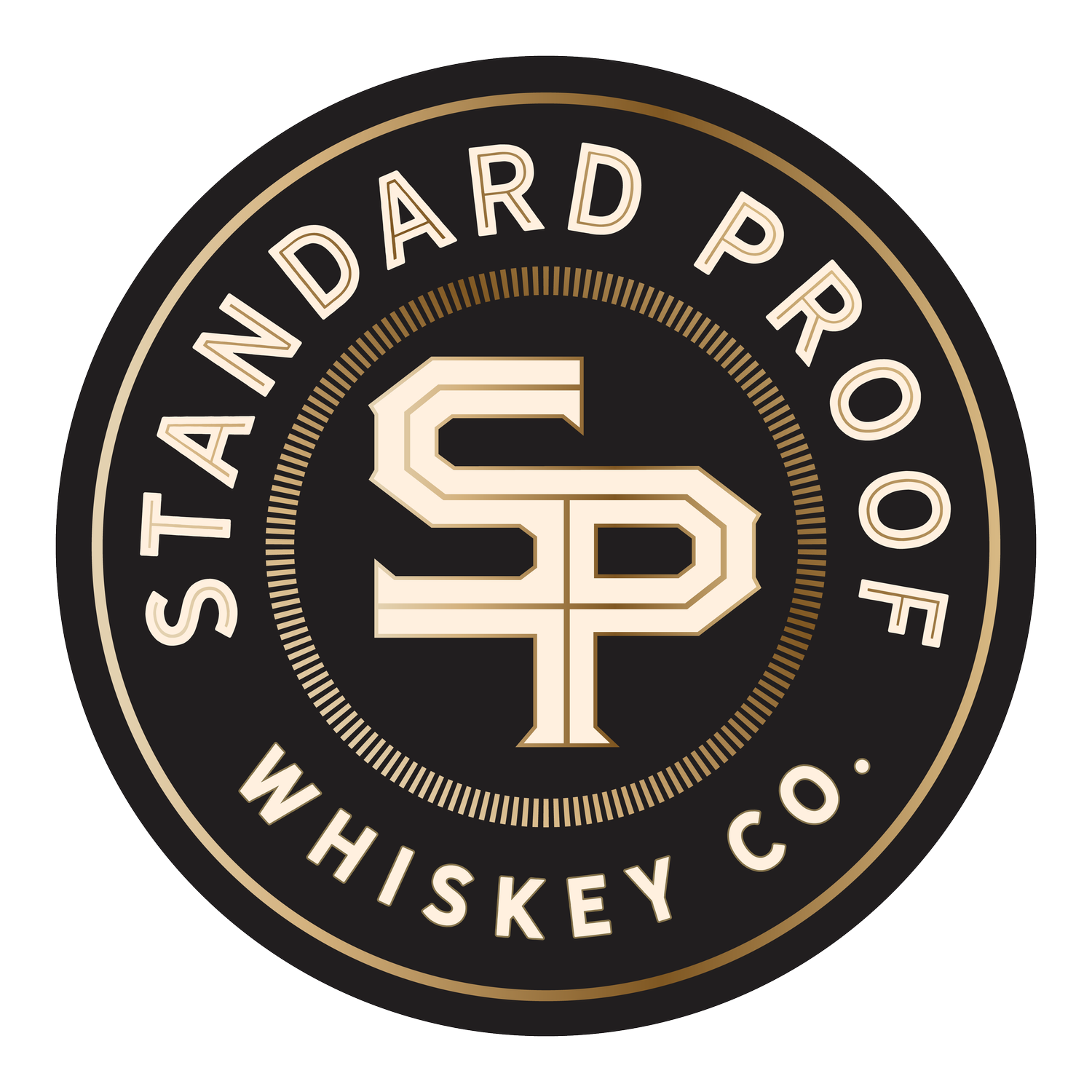10 Whiskey Fun Facts You Probably Didn’t Know
Whiskey isn’t just a drink—it’s a conversation starter, a history lesson, and a science experiment all in one glass. Whether you’re a casual sipper or a seasoned connoisseur, there’s always something new to learn about this beloved spirit. Standard Proof is excited to share these fascinating whiskey facts that will impress your friends at your next tasting!
Let’s crack the seal and dive right in.
1. The “Angel’s Share” – A Heavenly Tax
Ever wonder why whiskey barrels seem to lose liquid over time? That’s thanks to the “Angel’s Share.” During aging, whiskey slowly evaporates through the wooden barrels, losing about 2-4% of its volume each year. It’s a poetic way of saying that the angels are taking their cut before we get to enjoy the final product. This evaporation also plays a crucial role in developing the whiskey’s complex flavors. So, next time you sip, know that you're enjoying what the angels left behind!
2. Bourbon Doesn’t Have to Be Made in Kentucky
Many people assume that all bourbon comes from Kentucky, but that’s not actually true. By law, bourbon must be made in the U.S., aged in new charred oak barrels, and contain at least 51% corn. However, there’s no requirement for it to be made in Kentucky—though over 95% of bourbon is. If you’re looking to try a bourbon made outside of the Bluegrass State, we’ve got you covered. Have you tried our Standard Proof Bourbon yet? Made right here in Nashville, Tennessee, it delivers a smooth yet bold taste that proves great bourbon isn’t bound by geography!
3. Whiskey Can Be Too Aged
Unlike wine, whiskey doesn’t continue aging once it’s bottled. However, if it stays in the barrel for too long—usually over 25 years—it can become overly oaky, tannic, and sometimes even undrinkable. The interaction between the whiskey and the wood is crucial, but there’s a fine balance. Older isn’t always better when it comes to whiskey, so don’t be fooled by ultra-aged bottles with sky-high prices!
Standard Proof whiskey is aged for two years in American oak barrels custom-designed to impart the ideal balance of oak and spice. We allow time, patience, and tradition to guide the process—letting the whiskey rest undisturbed to reach its fullest potential.
4. George Washington Was a Whiskey Distiller
America’s first president wasn’t just a statesman—he was also a whiskey maker! In 1799, George Washington’s Mount Vernon distillery produced nearly 11,000 gallons of whiskey, making it one of the largest operations in the country at the time. Today, the distillery has been reconstructed, and visitors can still see how Washington’s whiskey was made using 18th-century techniques.
At Standard Proof, we believe that every bottle we craft is a tribute to the whiskey-makers who came before us. We honor their legacy by embracing the same spirit of curiosity, craftsmanship, and care that built the foundation of American whiskey. From the char of the barrel to the warmth of each sip, we’re committed to keeping time-honored traditions alive—while adding our own mark with bold, infused expressions.
5. Japan’s Whiskey Boom Started with One Man
Japanese whiskey is now world-renowned, but its roots trace back to one visionary: Masataka Taketsuru. In the early 20th century, he traveled to Scotland to study the craft of whiskey-making. When he returned to Japan, he helped establish the Yamazaki distillery and later founded Nikka Whisky, shaping the entire Japanese whiskey industry. His dedication to quality and tradition helped Japan gain global recognition for its smooth, refined whiskey. That’s quite the feat for one guy!
6. Whiskey AND Whisky are Both Correct Spellings
Ever noticed some bottles say "whiskey" while others say "whisky"? Both spellings are correct—it just depends on where the spirit is made!
Whiskey (with an "e"): Used in Ireland and the United States.
Whisky (without an "e"): Used in Scotland, Canada, and Japan.
So whether you’re sipping Scotch whisky or American whiskey, you’re still enjoying the water of life—no matter how it’s spelled!
7. Whiskey’s Name Has a Meaningful Origin
The word “whiskey” comes from the Gaelic term "uisge beatha," meaning "water of life." Over time, the phrase was shortened and anglicized into the word we know today. It’s a fitting name for a drink that has been warming souls for centuries!
8. The Oldest Whiskey Still Around
The oldest licensed whiskey distillery in the world is the Old Bushmills Distillery in Northern Ireland, which has been legally distilling since 1608. That’s over 400 years of whiskey-making expertise in a single brand!
Maybe one day, folks will be talking about Standard Proof Whiskey being around for that long. 😁
9. The Ice Debate – To Chill or Not to Chill?
Purists often say whiskey should be sipped neat to appreciate its full range of flavors, while others swear by adding a cube of ice or a splash of water. Science backs both methods—chilling can mellow strong alcohol notes, while a few drops of water can open up hidden flavors. There’s no right or wrong way—just drink it how you like it!
At Standard Proof, we love experimentation! Learn all the different whiskey sipping and crafting techniques in one of our hands on whiskey tasting and cocktail making experiences. Classes available at our tasting rooms in Nashville and Austin!
10. Whiskey Was Once Prescribed as Medicine
During Prohibition in the United States (1920–1933), the production and sale of alcohol were banned—except for medicinal purposes. That’s right: whiskey could legally be prescribed by doctors and purchased at pharmacies! In fact, Walgreens grew from around 20 stores to over 400 during Prohibition, largely thanks to “medicinal” whiskey sales. Next time you pour a glass, just remember—you’re enjoying a spirit once considered a cure-all!
Whiskey is full of history, science, and fascinating quirks, making every sip a little more special. From barrel to bottle, there’s always more to discover in the world of whiskey. At Standard Proof, we’re proud to be part of that story—past, present, and poured.





